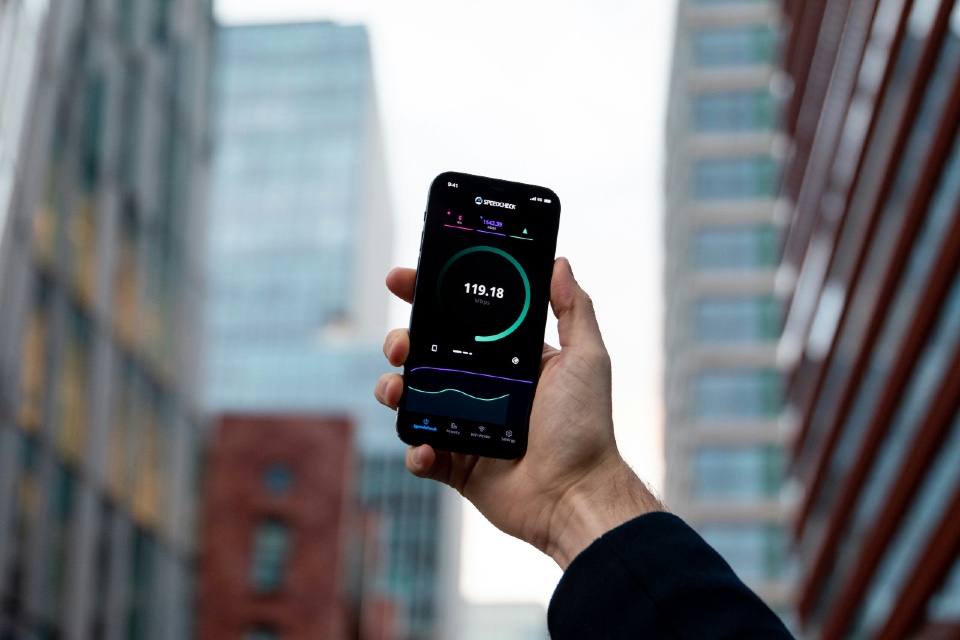Cyber Secure Forum: 50% of delegate places already allocated!
https://cybersecureforum.co.uk/wp-content/uploads/2024/02/care-forum-134-2.jpg 960 640 Stuart O'Brien Stuart O'Brien https://secure.gravatar.com/avatar/81af0597d5c9bfe2231f1397b411745a?s=96&d=mm&r=gAs a senior professional in the cyber security industry, we’d like to send you an exclusive invitation to a niche event we’re hosting this June: The Cyber Secure Forum.
We have a limit of 45 professionals who can attend, (over half have already been filled)!.
Some details below:
Cyber Secure Forum | Tuesday 25th June | 08:00-17:00 | London
Places are fully funded and include 1-2-1 meetings with suppliers, networking opportunities, lunch, refreshments throughout and educational seminars.
Click Here To Register
If you’d like us to send further details, click here or view our website.









